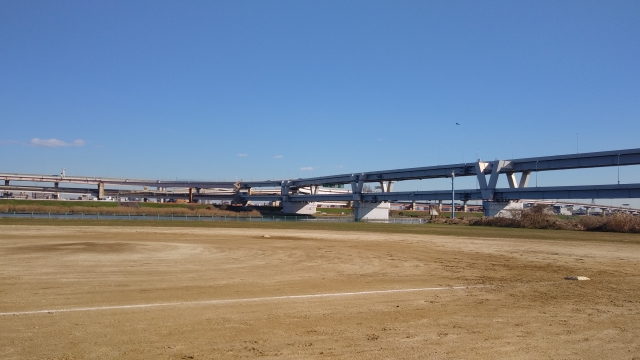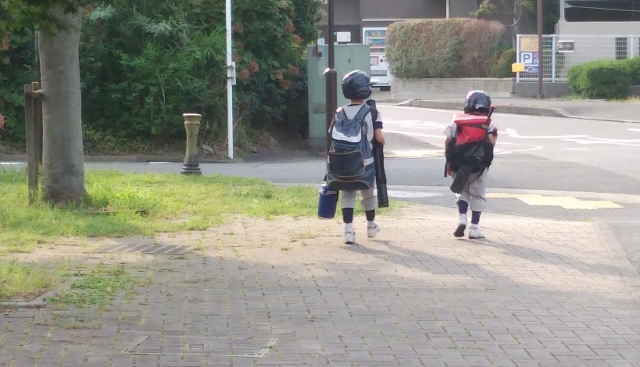In recent years, the concerning issue of the declining baseball population in Japan has become increasingly prominent, stirring the collective consciousness of the nation. Once hailed as a national sport and cherished by a plethora of children across Japan, baseball’s once-thriving population has been undergoing a gradual decline, a phenomenon that can be attributed to a complex interplay of transformative factors within Japan’s societal fabric, shifting values, and the evolving landscape surrounding the beloved sport.

Foremost among these contributing factors is the persistent challenge of Japan’s declining birthrate and its concurrent aging population. As the nation grapples with an aging demographic, the number of young individuals has been witnessing a noticeable decline, directly impacting the pool of children who embark on their journey into the realm of baseball. As the younger generation dwindles, so does the number of enthusiastic youngsters opting to embrace the noble sport of baseball.
In addition to the demographic shift, the ever-changing landscape of Japanese society has played an integral role in the waning popularity of baseball. Once heralded as a symbol of national pride, baseball now faces fierce competition from a growing fascination with an eclectic array of new sports and hobbies. Soccer, basketball, volleyball, and an assortment of other sporting activities have emerged as formidable contenders, captivating the interest of the youth and enticing them with alternative recreational avenues.

Moreover, the metamorphosis in the environment fostering baseball enjoyment serves as yet another pivotal factor contributing to the reduction in baseball participation. Bygone days witnessed the widespread use of local parks and playgrounds as veritable meccas for baseball enthusiasts; however, the relentless march of urbanization has ushered in a decline in such spaces. To compound matters, an increasingly prohibitive stance on playing baseball in certain locales has significantly curtailed the opportunities for children to take up the sport, leaving them with diminished access and limited prospects to immerse themselves in the timeless joys of baseball.
To further exacerbate the predicament, economic constraints have cast a long shadow on the declining baseball population. Embracing the sport necessitates the acquisition of specialized equipment, proper uniforms, and incurring costs related to practice sessions and games. For parents, the mounting financial burden proves to be an obstacle, making it increasingly challenging to support their children’s involvement in the sport they adore.

Collectively, this intricate tapestry of interconnected factors underscores that the decline in Japan’s baseball population is not merely attributable to a solitary cause, but rather an intricate and multifaceted predicament. To uphold and fortify the treasured baseball culture, fostering collaborative efforts between local communities, educational institutions, and baseball-related organizations is imperative. In a bid to impart the allure of baseball to an even wider cohort of young enthusiasts, it is indispensable to proactively improve the environment for indulging in the sport, whilst concurrently implementing supportive measures to alleviate the economic burdens for aspiring baseball players. Moreover, nurturing children’s interest in sports by showcasing the splendor of diverse sporting disciplines will undoubtedly prove instrumental in cultivating a dynamic younger generation, who will, in turn, carry forth the legacy of baseball in Japan. With this unified resolve, it is fervently hoped that the illustrious and profound baseball culture will reverberate resoundingly, resonating through the annals of time to be cherished and passed down from one generation to the next.


コメント